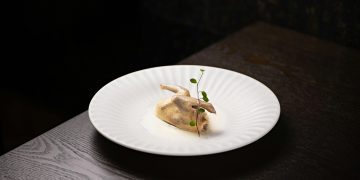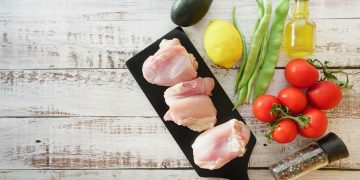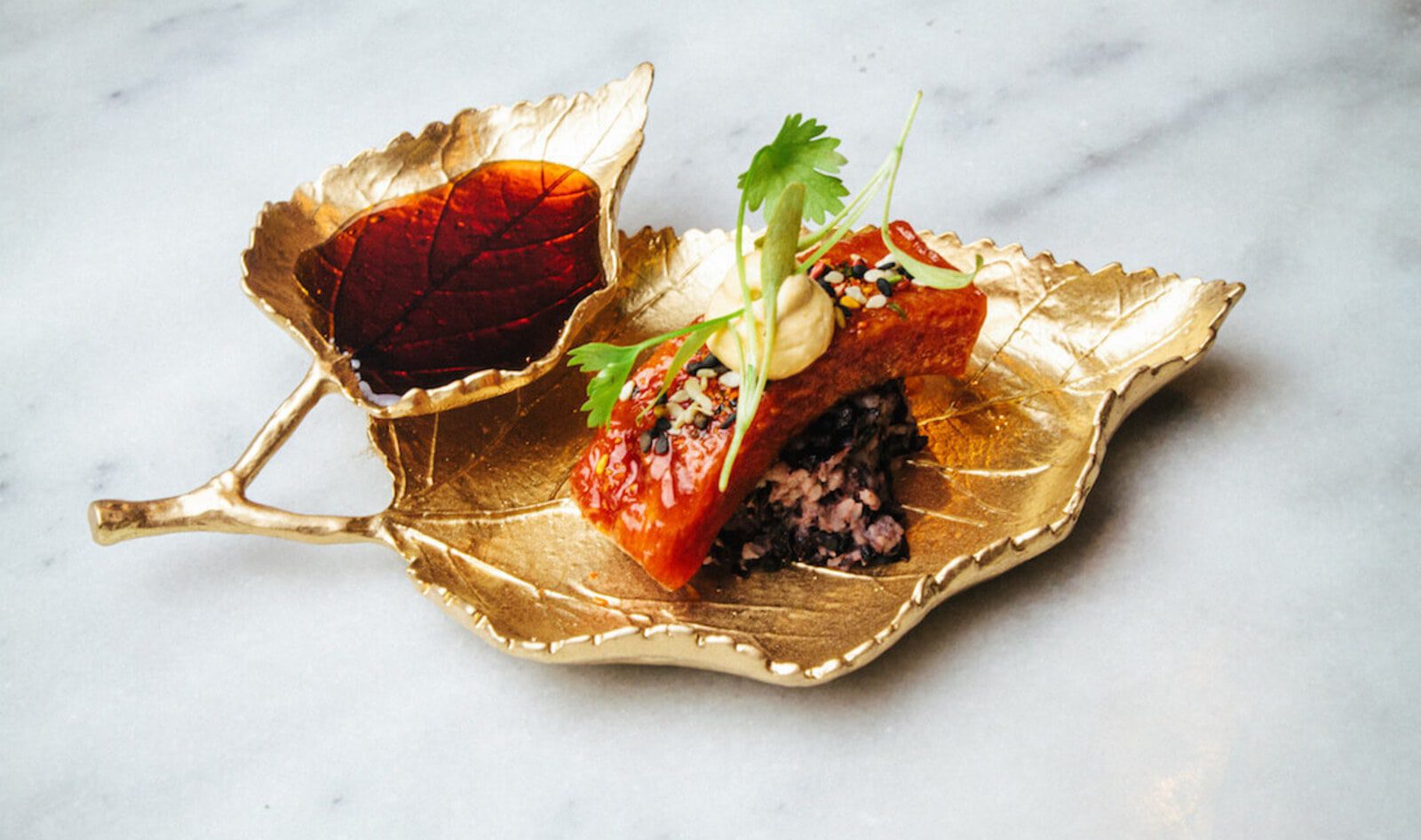Sweet Success in Scaffolding: Sugar Cube Scaffolds Bring Innovation to Cultivated Meat
At a time when the world is looking toward finding sustainable solutions for food production, one area has captured the fancy of researchers and consumers alike: cultivated meat. As part of this movement, scientists from the National University of Singapore (NUS) are leveraging unlikely ally-sugar cubes to overcome one of the biggest hurdles in lab-grown meat production. Pioneering work in making edible scaffolds could transform the future of cultured meat to make it more sustainable, cost-effective, and accessible.
Edible Scaffolds: The Challenge of Big Ones One of these big challenges along the road from concept
to commercial viability for cultivated meat deals with edible scaffolds. Scaffolds are supportive structures for cell growth and a framework for forming fat and muscle tissues, providing a texture and flavor similar in character to traditional meat.
Traditionally, these scaffolds have been made either with synthetic materials or with animal products. A couple of the disadvantages likely to affect such scaffolds include:
- High Cost: Synthetic and animal-derived scaffolds can be quite expensive to make; this will, in turn, raise the prices of the cultivated meat and make it less competitive with its more traditional counterparts.
- Not being digestible makes most of such materials need to be removed before consumption, hence making production more complicated and detracting from the consumer experience.
To meet such challenges, it will be paramount that researchers come up with scaffolds that are not only affordable and scalable but, above all, edible.

The NUS Breakthrough: Sugar Cube Scaffolds
However, the NUS research team took a different approach, with a new type of scaffold derived from plant proteins and perhaps an unusual influence from the humble sugar cube. The new approach developed by Professor Huang Dejian and his team called template-leaching employs secalin, a natural protein in abundance in rye and barley. The result is to produce a sponge with high porosity that allows cell proliferation and differentiation to form fat tissues remarkably similar to those in real meats.
How Template-Leaching Works: Template-leaching is a significant advance in the simplicity and efficiency of the process:
- Porous Structure: Scaffolding resembles the structure of a sugar cube, wherein cell growth and tissue development occur on a high surface area.
- Biodegradability and Edibility: All the ingredients of plant origin give the scaffold complete biodegradation and edibility, with no requirement for its removal prior to consumption.
- Sustainability: Secalin is a sustainable resource, as it’s derived from common agricultural crops. The fact that rye and barley are widely available and inexpensive further increases the carbon footprint of production for clean meat.
Sugar Cube Scaffolds and the Implications for Clean Meat
The development of edible, plant-based scaffolds at a lower cost has deep implications for the clean meat industry:
- Affordability-Increasing: This, by the use of cheap ingredients in the process, can make the whole price of cultivated meat reasonable and competitive in the market.
- Scalability: Template-leaching production is a scalable approach and may allow for the production of edible scaffolds at commercial levels, the main requirement for full adoption.
- Consumer Acceptance: Since an edible scaffold is used, more so, the final product is going to resemble traditional meat and can thus gain more acceptance and preference by consumers for the cultivated meat product.
Environmental Impact
Conventional animal husbandry constitutes one of the most impactful practices contributing to greenhouse gas emissions, deforestation, and even water usage. In contrast, cultivated meat manufacturing, especially with edible scaffolds like those developed by the NUS team, requires much less input and yields a smaller ecological footprint. As this mode of manufacture reaches industrial levels, the accruing benefits may go a long way toward affecting global food sustainability and altering general climate change.

The Way Forward: From Lab to Table
While the research done by the NUS team is a promising step forward, some challenges remain to be overcome:
- Regulatory Approvals: Lab-grown meat products will have to go through stringent safety and quality standards before gaining market approval.
- Consumer Awareness and Acceptance: The advantages of cultivated meat in terms of being more ‘green’ and cruelty-free will need to be communicated to consumers for better success.
- Future Studies: The industry shall go further with continuous research in optimizing growth media, improving taste and texture, and further bringing down the cost of production.
Sustainable Meat: A Sustainable and Ethical Alternative
This work by Professor Huang Dejian and his team underscores the potential of mixing plant-based innovations with frontline food science. In fact, one of the most important steps toward making cultivated meat a feasible, sustainable alternative to meat let alone a moral one-involves their success in fabricating sugar cube scaffolds. As this technology advances, there may be changes in the paradigm associated with the consumption of meat, and thereby beneficial effects on health, the environment, and animal welfare.
With more research, support from regulatory bodies, and public interest, this might just seal the deal for cultivated meat as the cornerstone of a more sustainable food system. The merits of the National University of Singapore (NUS) team represent an important milestone in a world where creative solutions, ranging even to sugar cube scaffolds, may well lead to sweet success on the path to a sustainable food future.
















